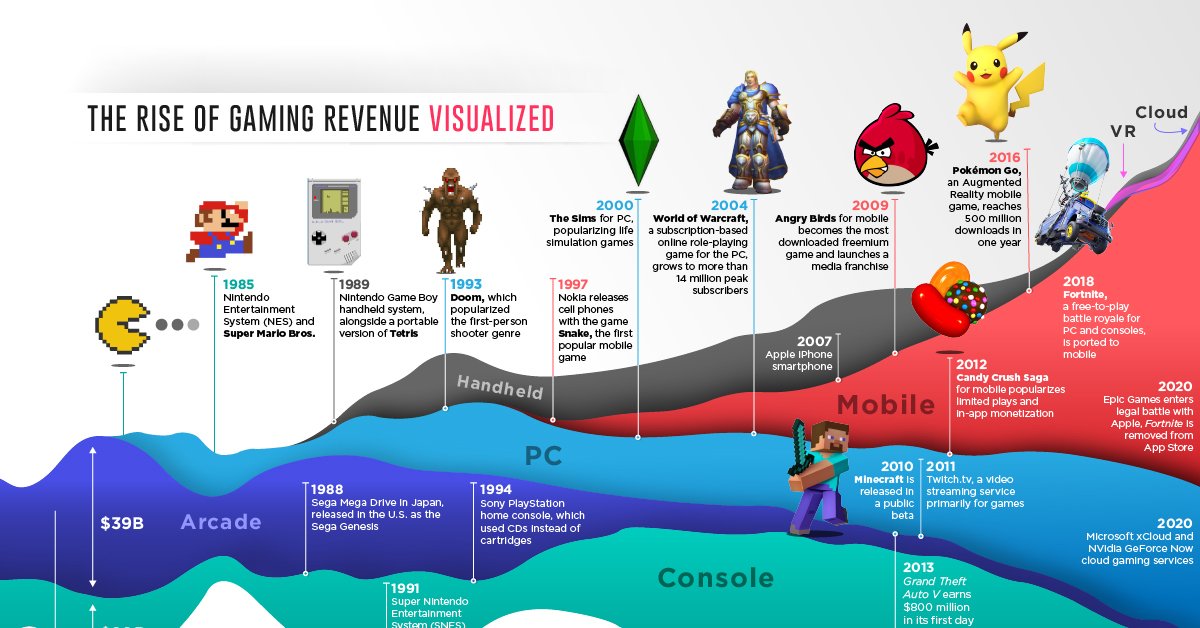
Remember when booking a game meant waiting on the phone or standing in line? Today, you can tap your phone, stream in 4K, and even play alongside your favorite players in VR. Technology has completely transformed the sports experience—for fans, athletes, and entrepreneurs like you.
1. Booking to Seamless Streaming
No more paper tickets! Ticket platforms and mobile apps like MLB Ballpark or Ticketmaster let fans choose seats, pay, and get entry instantly.
Then came streaming services—ESPN+, DAZN, Peacock—letting fans watch games anywhere. One report shows sports fans now spend around $88/month on streaming, though buffering and latency remain challenges. Improved video codecs and low-latency technology are solving these issues.
2. Real-Time Stats & Interactive Viewing
Ever seen live stats pop up during a game? That’s augmented reality (AR) in action—overlaying real-time data, replays, and player stats (like first-down lines in football). Platforms like Tubi now include AR overlays and chat for interactive fan experiences.
3. Virtual Reality and Immersive Viewing
VR lets fans feel like they’re right there on the field. Companies like LiveLike VR have streamed games in 4K VR, with virtual stadium environments and social watch parties—imagine watching the Super Bowl in a virtual box seat with friends—even with VR headsets.
Another example is “Virtually Live”—fans experiencing live sports from driver seats or courtside via VR during real-time broadcasts.
4. Training, Wearables & Performance Tech
Sports isn’t just about watching—it’s also about training. Wearable tech (like smartwatches and sensor shirts) tracks performance, heart rate, fatigue, and more. Data helps coaches fine-tune training and prevent injury.
And VR is changing training too: a 2025 study showed that tennis players improved their swing consistency when training with real-time VR feedback from wearable sensors.
Why It Matters to You
- This isn’t just sports—it’s a billion-dollar digital industry.
- Jobs are evolving. Learn coding, data analytics, design, UX, or engineering—and shape the future of sports.
- School subjects like computer science, engineering, business, and design are now stepping stones to real innovation in sports.
Unexplored Tech Areas for Students to Discover
- Edge computing and low-latency media—how 5G and data centers can make live sports smoother.
- AI avatars and virtual commentators—sports without cameras, but immersive experiences powered by real-time data.
- Smart stadiums—where IoT, sensors, and AR transform how we navigate and interact at venues.
What to Study Now (and Why)
- Computer Science & Engineering: Build apps, streaming platforms, or VR experiences.
- Data Analytics & AI: Analyze player performance, streaming metrics, or viewer data.
- Design & Media Studies: Craft immersive user experiences, AR overlays, and storytelling.
- Business & Sports Management: Plan product launches, pricing models, and fan engagement strategies.
Next time you stream a game or experience VR training, remember—at LaunchDM, we see this as inspiration. These are real lessons for your future projects and ventures. Technology is making sports smarter, more immersive, and more accessible. Look at it, learn from it—and maybe build the next big innovation that helps fans or athletes.
Useful Links & Sources
- How Game Pass Changed the Game (subscription model and streaming)
- Sports Streaming Trends & AR overlays
- LiveLike VR immersive sports streaming
- Virtually Live VR sports participation
- Evolution of sports technology (wearables, AR, VR)
- VR Tennis Training with real-time data visualization (2025 study)
- Low-latency live media streaming evolution (edge tech)






